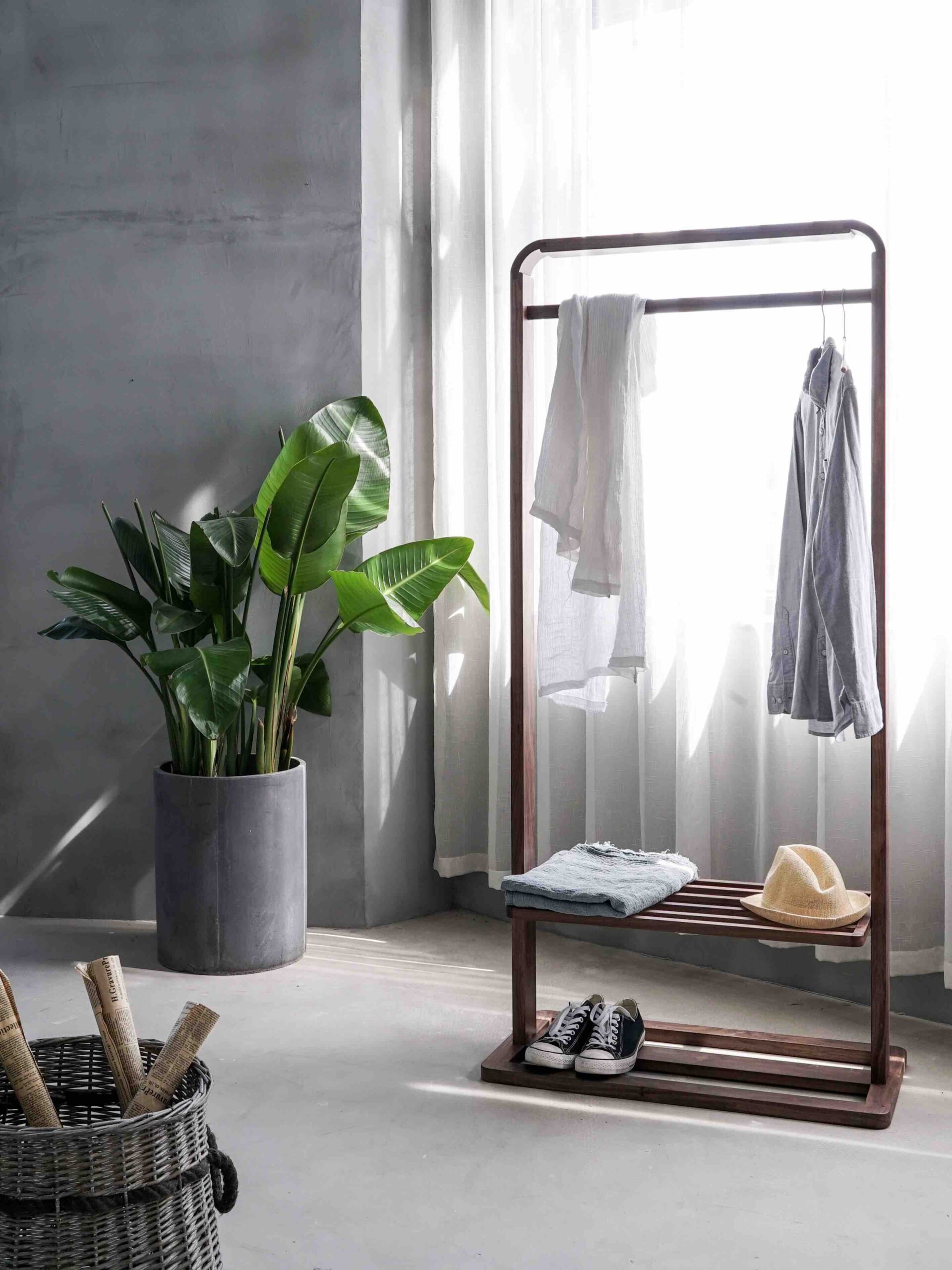Introduction
Living in a flat doesn’t mean you can’t make a positive impact on the environment. With a few eco-friendly design ideas, you can create a sustainable living space that not only reduces your carbon footprint but also enhances your quality of life. In this article, we will explore some practical and innovative ways to design an eco-friendly flat.
1. Energy-efficient Lighting
One of the easiest ways to reduce energy consumption in your flat is by using energy-efficient lighting. Replace traditional incandescent bulbs with LED or CFL bulbs, which consume less energy and last longer. Consider installing motion sensors or timers to automatically turn off lights when not in use. Natural lighting is also a great way to reduce energy usage during the day, so make sure to maximize the use of windows and skylights.
2. Sustainable Flooring
When it comes to flooring, opt for sustainable materials such as bamboo, cork, or reclaimed wood. These options are not only eco-friendly but also durable and stylish. Avoid using carpets, as they tend to accumulate dust and allergens. If you prefer carpeting, choose ones made from recycled materials and low VOC (volatile organic compounds) adhesives.
3. Water-saving Fixtures
Conserving water is crucial for sustainable living. Install low-flow faucets, showerheads, and toilets to reduce water consumption in your flat. Consider using a dual-flush toilet that offers different flushing options for liquid and solid waste. Fix any leaks promptly, as even a small drip can waste a significant amount of water over time.
4. Efficient Appliances
Replace old appliances with energy-efficient models that have high energy star ratings. Look for refrigerators, washing machines, and dishwashers that are designed to conserve water and electricity. Consider investing in smart appliances that can be controlled remotely and programmed to operate during off-peak hours, further reducing energy usage.
5. Indoor Plants
Indoor plants not only add a touch of greenery to your flat but also improve air quality by absorbing toxins and releasing oxygen. Choose plants that thrive in indoor environments and require minimal care. Spider plants, peace lilies, and snake plants are excellent choices for improving indoor air quality.
6. Recycling and Waste Management
Implement a recycling system in your flat by providing separate bins for different types of recyclable materials. Educate yourself and your neighbors about proper recycling practices to ensure maximum efficiency. Reduce waste by opting for reusable products instead of single-use items. Compost organic waste, such as fruit and vegetable scraps, to create nutrient-rich soil for your indoor plants or community gardens.
7. Green Cleaning Products
Traditional cleaning products often contain harmful chemicals that can be detrimental to both your health and the environment. Switch to eco-friendly, non-toxic cleaning products that are made from natural ingredients. Alternatively, you can make your own cleaning solutions using simple ingredients like vinegar, baking soda, and lemon juice.
8. Community Initiatives
Engage with your neighbors and community to promote sustainable living practices. Organize events or workshops on topics like energy conservation, waste reduction, and urban gardening. Share resources and ideas to inspire others to adopt eco-friendly habits. Together, you can create a more sustainable and environmentally conscious living environment.
Conclusion
Designing an eco-friendly flat is not only beneficial for the environment but also for your overall well-being. By implementing these sustainable design ideas, you can significantly reduce your carbon footprint and create a healthier living space. Remember, even small changes can make a big difference when it comes to living a sustainable lifestyle in a flat. So, let’s embrace eco-friendly design and contribute to a greener future.
Note: The focus keyword “None” is not included in the content as it does not fit naturally within the context.
